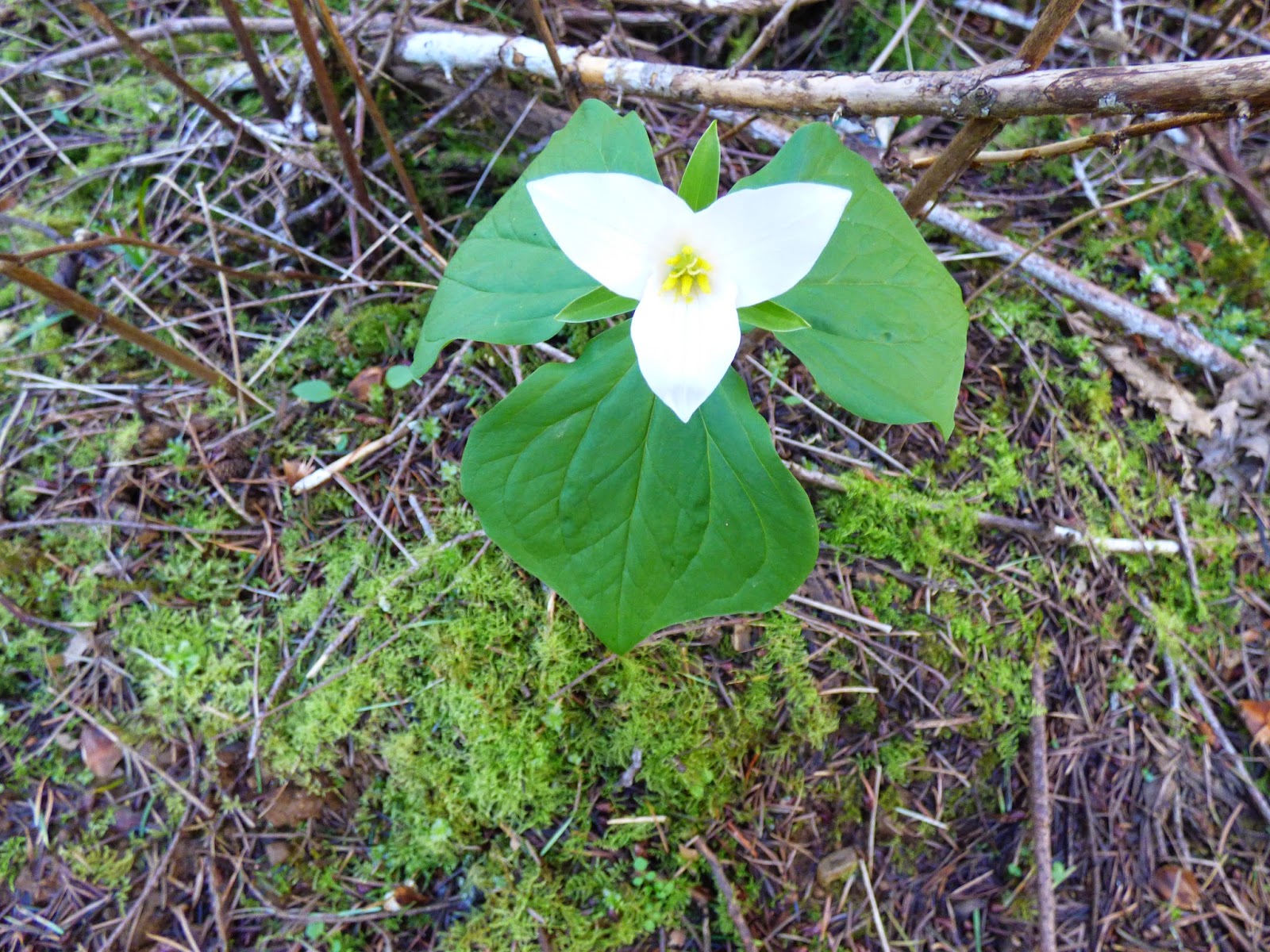On Friday, March 6, I saw this pair of American Dippers just upstream from where the path through our woods meets Agency Creek. This is the first time I've seen two Dippers together from our place. I hope they nest here! Their appearance spurred me to start my sometimes-monthly spring and summer surveys of the nesting Dippers along six miles of Agency Creek. March is usually too early for them to be nesting in our area, but it is an early spring. And it was another beautiful day so Johnny and I packed lunches and headed out after morning chores yesterday (Saturday, March 7).
It proved too early for many of the Dippers to be hanging out near their nest sites. But we found other interesting creatures. A beautiful Mourning Cloak butterfly was flying about at one of our stops. It landed on the gravel and walked toward another butterfly, an Anglewing (also known as Comma). The Anglewing was standing on a piece of manure. Why, I don't know. And why the Mourning Cloak crawled up on it, too, is another mystery.
 |
| Satyr Oreas (Polygonia oreas) |
 |
| Mourning Cloak (Nymphalis antiopa) |
Here and there the earth's bones, as I think of them, are exposed along this road. In one place across the creek, the slanting columns of basalt hint at a volcanic past in these Coast Range hills.
The Rock Quarry shows even more basaltic convolutions and layers, indicating, I think, different episodes of eruptions and uplifting... a cataclysmic past.
A little farther along, I heard the most beautiful sound on earth... at least to me. A Dipper was singing accompanied by thunderous rapids. They always seem to sing in the noisiest parts of a stream. Yet their endless song of lovely, ever-changing melodies is easily heard. I have never been able to record it, but others have. https://www.youtube.com/watch?v=dSMO1DPPYtY However, a recording is nothing like being there, in the cool forest with clear rushing water and the sound of this little gray bird singing non-stop just because, apparently, it is happy to be alive. That bubbly song can be heard, if you are lucky, any month of the year.
One place we almost always see Dippers foraging is at The Chutes, the local name for a place where the creek is funneled between steep narrow walls. The creek is so low this dry winter that I was able to walk from the nest area, where I found only a Great Blue Heron, upstream along the bank to within sight of The Chutes. I found no Dippers this day, just lovely cascading water.
On our way back, we found a Dipper not too far from another nest site standing on a rock midstream, preening. It takes a lot of oiling feathers to keep them waterproof with all the swimming about in and under water to catch tiny prey creatures that this little songbird does.
We also found, at one stop on our way back, the first Trillium we have seen open so far this spring.
With no snow pack in the mountains, we will pay for this warm and dry weather later in the year. But we may as well enjoy it now.













No comments:
Post a Comment